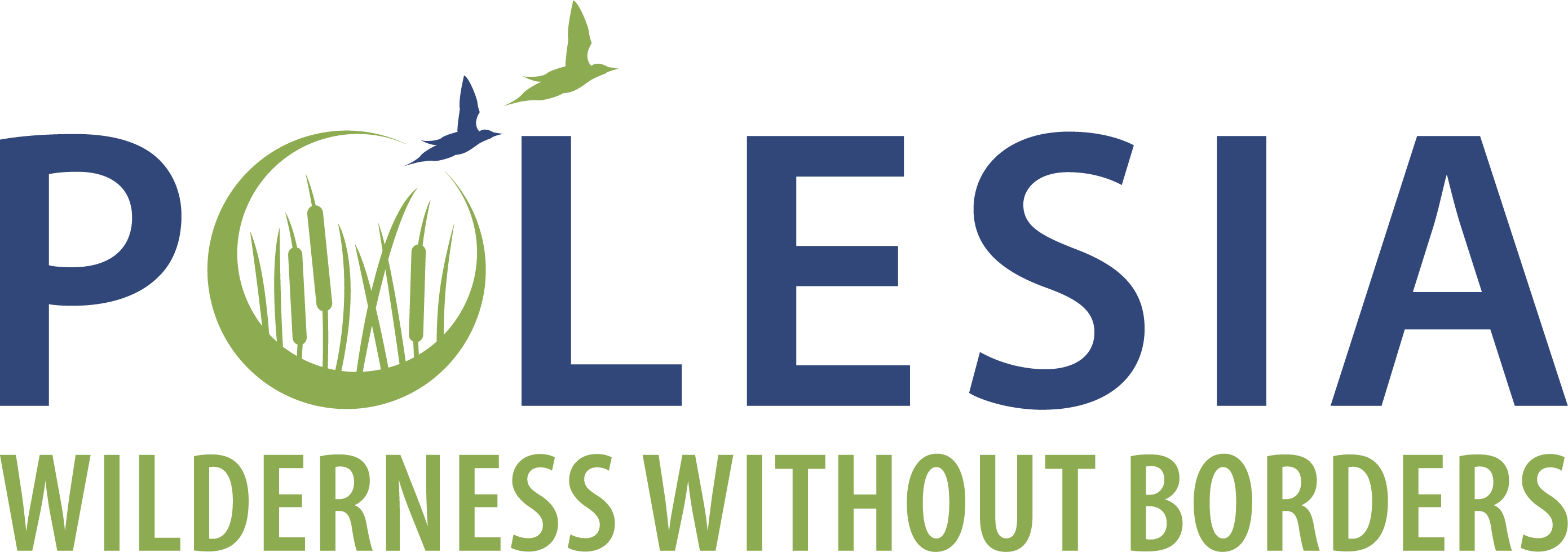Prypiacki National Park
Country: Belarus
Area: 87,134.66 ha
National protection status: National Park
International protection status: Ramsar site (2197) – Pripyatsky National Park (88,553 ha); Emerald Network* (BY0000007) – Pripyatskiy (90,789.2 ha); IBA (BY023) – Prypiackija baloty (90,630 ha).
* After denunciation of accession to the Bern Convention on the Conservation of European Wildlife and Natural Habitats, de jure there are no Emerald Network sites in Belarus.
The national park includes a section of the Pripyat River floodplain, the first and second river terraces covered with old-growth forests, and transitional and raised bogs that stretch to the Almany Mires. The bed and floodplain of the Pripyat River and the peat bogs have been preserved in their natural state. There are small systems of aeolian dunes in the river valley. There are more than 100 lakes, mostly oxbow ones, in the river floodplain.
>700
fauna species
40
habitats included
in Resolution #4
of the Standing Commission
to the Bern Convention
1073
vascular plant species
Land cover

Forests, including forested peatlands

Open peatlands

Meadows

Waterbodies

Others
Biodiversity and natural values

Habitats
The main natural values of the national park are old-growth deciduous forests (floodplain and non-floodplain), coniferous-and-deciduous forests, swampy black alder forests, primary birch and coniferous forests, and complexes of open and wooded fens, transitional and raised bogs. The river valley is exceptionally rich in meadow, forest and wetland habitats.
About 40 habitats requiring specific protection under the Resolution No. 4 of the Standing Committee to the Bern Convention have been identified here. This area is particularly important for the conservation of a number of rare natural habitats in Belarus, including Inland sand dunes (2330), Floating frogbit rafts (3150), Floating water soldier rafts (3150), Floating bladderwort colonies (3150), Floating Salvinia natans mats (3150), Rooted submerged vegetation of eutrophic waters (3150), Free-floating vegetation of eutrophic waters (3150), Rooted submerged aquatic vegetation of eutrophic waterbodies (3150), Permanently dystrophic lakes, ponds and pools (3160), Species-poor beds of low-growing water-fringed or amphibious vegetation (3130), Transitional mires and quaking bogs (7140), Beds of large sedges, normally without standing water (7210), Rich fens, including eutrophic tall herb fens and calcareous flushes and soaks (7230), Moist or wet eutrophic and mesotrophic grasslands (6440), Moist or wet tall herb and fern fringes and meadows (6430), Riverine scrub, riverine willow woodland (91Е0), Riverine ash-alder woodland, wet at high but not low water (91Е0), Mixed oak, elm and ash woods on large rivers (91F0), Oak, ash and hornbeam woods on eutrophic and mesotrophic soils (9170), Sphagnum birch woods (91D0), Boreal and nemoral coniferous woods (91D0), Raised bog complexes (7110-7120), Pasture woods (with a tree layer above the pasture) (9070/6530), Enclave spruce woods, etc.
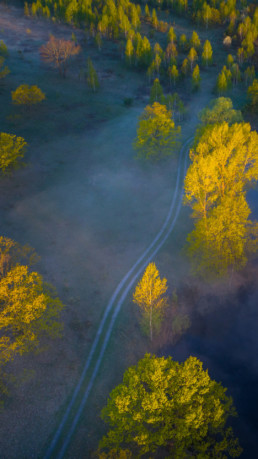
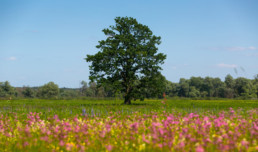

Flora
As many as 1073 species of vascular plants grow in the Pripyat National Park, 47 of them are included into the Red Book of Belarus, e.g. the Marsh Clubmoss (Lycopodiella inundata), the Floating Watermoss (Salvinia natans), the Small pasque flower (Pulsatilla pratensis), the Garland-flower (Daphne cneorum), the Stool iris (Iris aphylla ssp. Hungarica), the Yellow azalea (Rhododéndron lúteum), and others.

Fauna
The fauna includes 362 species of invertebrates, 45 species of mammals, 255 species of birds, 7 species of reptiles, 11 species of amphibians and 43 fishes.
A number of protected and rare mammals can be found on the site: the European Bison (Bison bonasus), the Lynx (Lynx lynx), the Badger (Meles meles), the Edible Dormouse (Myoxusglis) and the Hazel Dormouse (Muscardinus avellanarius), the Lesser Noctule (Nyctalus leisleri) and others.
The herpetological complex includes such rare species as the Crested Newt (Triturus cristatus), the Water Turtle (Emys orbicularis), and the Copperhead (Coronella austriaca).
The territory is of exceptional importance for a number of fish species: the Asp (Aspius aspius), the Golden Loach (Sabanejewia aurata), the White-finned Gudgeon (Romanogobio albipinnatus), the Spined Loach (Cobitis taenia), the European Bullhead (Cottus gobio), the Ukrainian Brook Lamprey (Eudontomyzon mariae), the Balon’s Ruffe (Gymnocephalus baloni) etc.
The territory of the National Park is rich in rare insect species, such as the Great Capricorn Beetle (Cerambyx cerdo), False Ringlet (Coenonympha oedippus), Danube Clouded Yellow (Colias myrmidone), the Stag Beetle (Lucanus cervus), the Large Copper (Lycaenadispar), the Scarce Large Blue (Maculinea teleius), the Dusky Large Blue (Maculinea nausithous) and others.
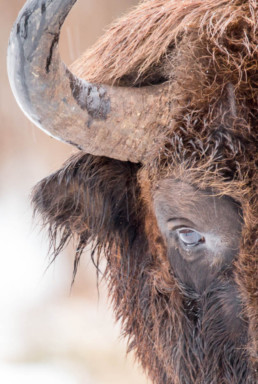
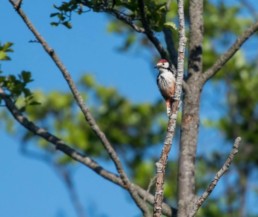

Birds
The site is a critical breeding area for such a globally endangered bird species as the Greater Spotted Eagle (Аquila clanga) (more than 3% of the national population), the Crane (Grus grus), the Great Grey Owl (Strix nebulosa), the White-tailed Eagle (Haliaeetus albicilla), the Black Stork (Ciconia nigra), the Short-toed Eagle (Circaetus gallicus) (about 1-2% of the national population). The Bittern (Botaurus stellaris), the Black Kite (Milvus milvus), the Golden Plover (Pluvialis apricaria), the Capercaillie (Tetrao urogallus), the Little Tern (Sterna albifrons), the Terek Sandpiper (Xenus cinereus), the White-backed Woodpecker (Dendrocopos leucotos), the Three-Toed Woodpecker (Picoides tridactylus) are also registered in the area.
The most important impacts and threats

Meadows overgrowing with shrubs

Sanitation felling, dead wood removal

Old drainage systems

Transformation of floodplains into arable lands
The forest habitats and species suffer from sanitation felling, deadwood withdrawal, and forest plantation. The meadow ecosystems are threatened by overgrowing with shrubs due to abandoning of hay-making and grazing, transformation of floodplains into arable land, cereals cultivation, spring and autumn burnings. The wetland ecosystems may degrade because of the old network of drainage canals within the national park, dredging, and damming; polder systems within and outside the national park. Additionally, spring hunting is detrimental for the waterfowl and waders.
Conservation measures
In the Prypiacki National Park, drainage, construction, clearcut logging and some other land use is restricted. For some natural complexes and species’ habitats there were created special protected areas. 30,926 ha (35.1%) are within the strict protection zones, where any economic activities are prohibited.
Desirable measures that could enhance the conservation of the area are expansion of the strict protection zones up to 50% of the area, at least, including the most valuable broad-leaved forest communities; compiling a detailed inventory of rare and protected species outside the strict protection zones and creating protected areas with restrictions on economic activity, as well as updating the management plan and developing the system of monitoring of the nature conservation values.
The most important impacts and threats
The management plan for the national park has been developed and approved. Typical and rare habitats in the national park area have been identified to improve their conservation. Equipment for conservation activities has been purchased and handed over to the national park staff.



The project “Polesia – Wilderness Without Borders” is part of the Endangered Landscapes & Seascapes Programme and is funded by Arcadia. The project is coordinated by Frankfurt Zoological Society (FZS).
